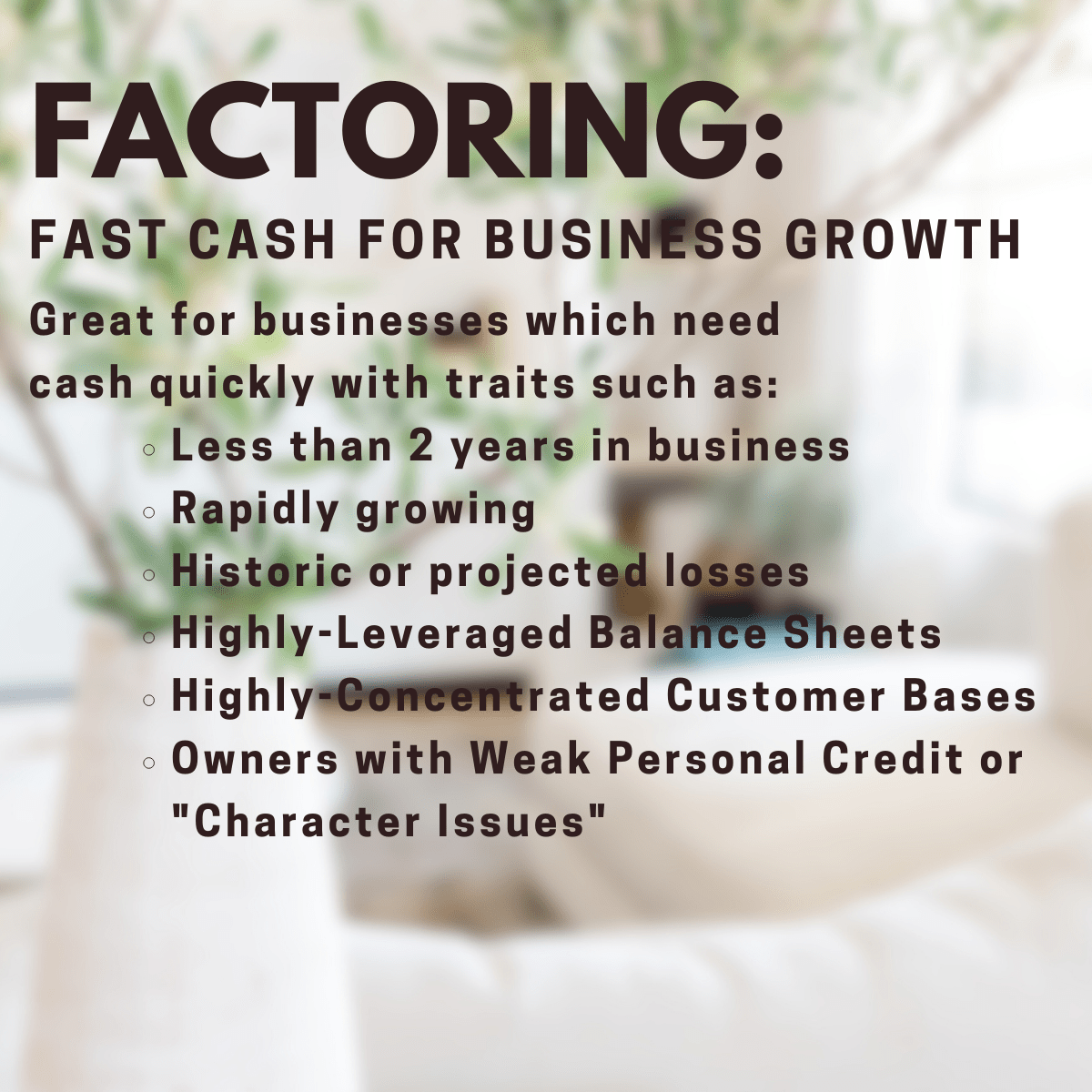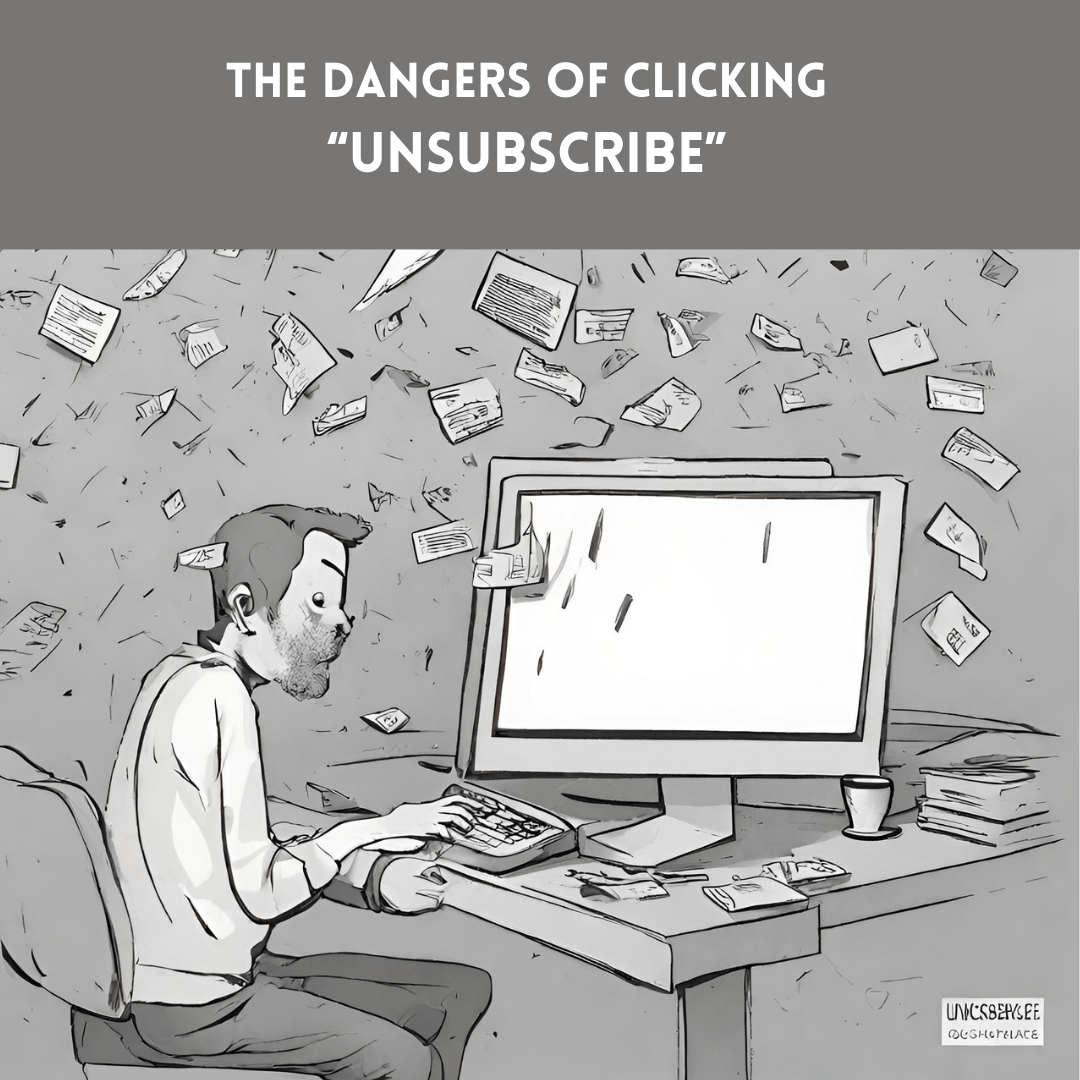In the dynamic realm of Wall Street, the buzz surrounding Artificial Intelligence (A.I.) has reached a crescendo, eclipsing apprehensions about interest rates. However, the soaring trajectory of stocks presents a conundrum for the Federal Reserve, potentially complicating future rate adjustments. Wall Street Enthusiasm for A.I. Overrides Rate Concerns

The advent of A.I. technology has ignited a fervor among investors, as its application across various sectors promises unparalleled efficiency, productivity, and profitability. From predictive analytics to algorithmic trading, A.I. is reshaping the landscape of finance, empowering market participants with unprecedented insights and decision-making capabilities. Consequently, Wall Street’s appetite for A.I. innovations has soared, propelling stocks of tech companies and firms harnessing A.I. solutions to unprecedented heights.
Despite the Federal Reserve’s historically dominant influence on market sentiment through interest rate adjustments, the allure of A.I. has diverted attention away from traditional economic indicators. While interest rates typically dictate borrowing costs, investment decisions, and inflation expectations, the allure of A.I.’s transformative potential has overshadowed concerns about monetary policy. Investors are increasingly prioritizing technological advancements and their implications for future growth over short-term rate fluctuations.
However, the Federal Reserve faces a quandary as it navigates this landscape of exuberance and uncertainty. The relentless surge in stock prices, fueled in part by optimism surrounding A.I., could constrain the Fed’s ability to implement rate cuts if economic conditions necessitate such action. Elevated stock valuations, driven by bullish sentiment rather than fundamental economic strength, could amplify the repercussions of any rate adjustments, potentially exacerbating market volatility and liquidity concerns.
Furthermore, the divergence between Wall Street’s enthusiasm for A.I. and the Federal Reserve’s mandate to ensure economic stability poses a delicate balancing act. While A.I. innovation fuels optimism and growth prospects, the Fed must remain vigilant to mitigate the risks associated with speculative bubbles and market exuberance. Striking the right balance between fostering technological innovation and safeguarding financial stability will be imperative for policymakers in the coming years.
In conclusion, the prevailing excitement surrounding A.I. on Wall Street has eclipsed traditional concerns about interest rates, signaling a paradigm shift in investor sentiment and market dynamics. However, the meteoric rise of stocks presents a formidable challenge for the Federal Reserve, potentially limiting its maneuverability in adjusting rates to address economic fluctuations. As A.I. continues to redefine the financial landscape, policymakers must navigate this evolving terrain with prudence and foresight to sustain long-term prosperity and stability.









